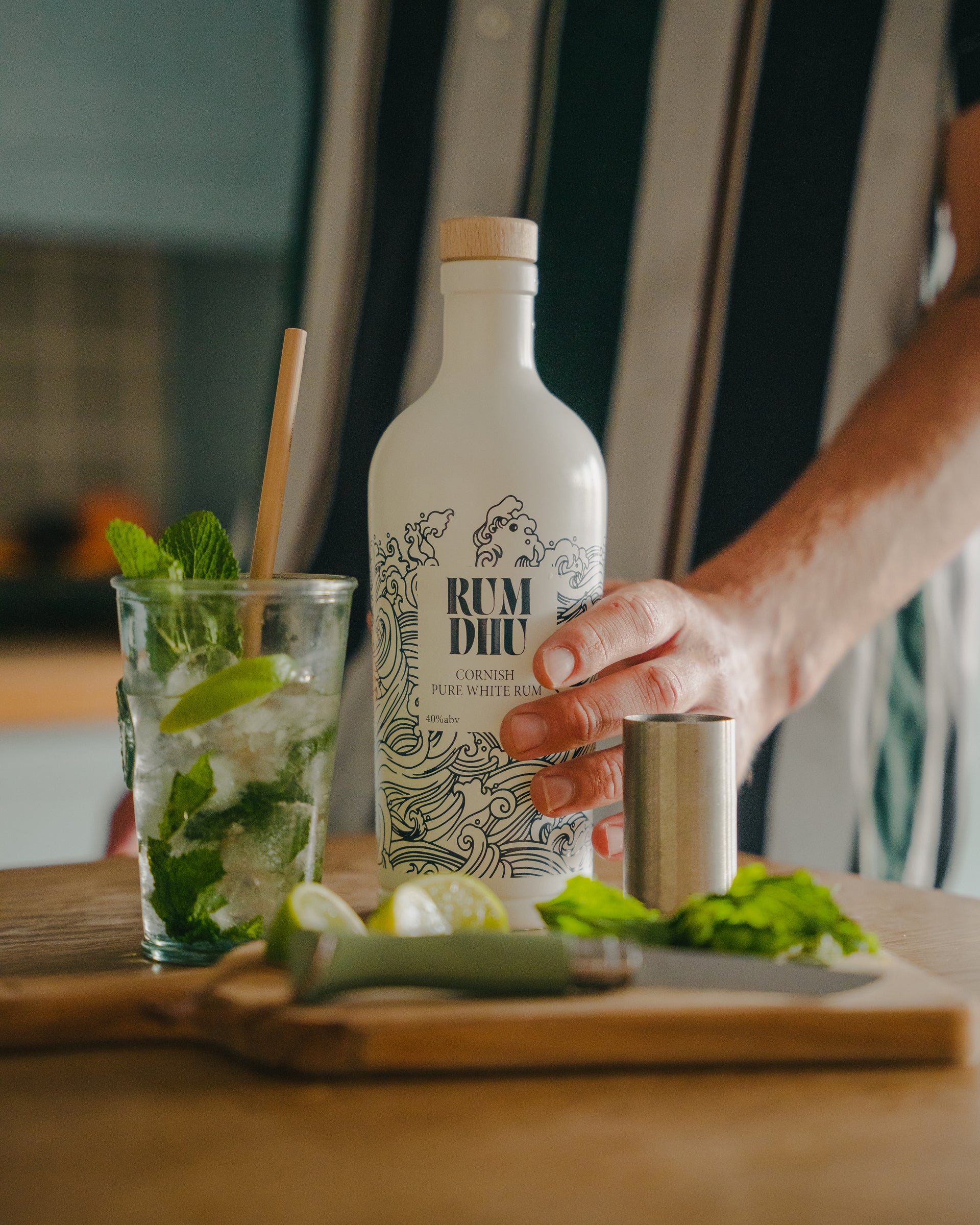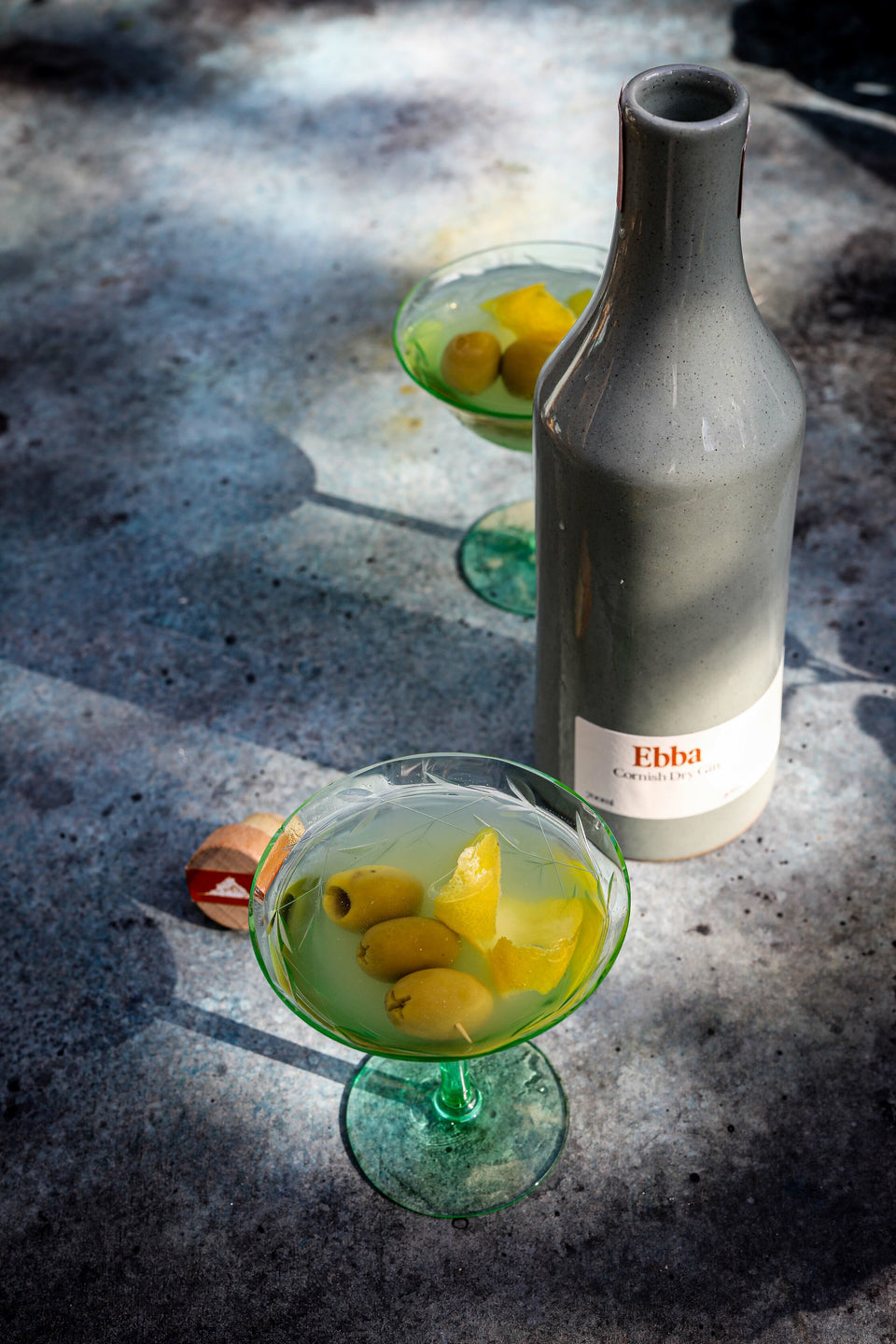
SubLIME - The History of the Mojito
The Mojito is a refreshing and iconic cocktail that originated in Cuba. Its history can be traced back several centuries and is intertwined with the island's rich cultural heritage.
Origins and Early Days
The exact origins of the Mojito are somewhat unclear, as the cocktail's history spans several centuries. However, it is widely believed to have originated in Havana, Cuba, during the 16th century. The cocktail's earliest form was known as "El Draque," named after Sir Francis Drake, an English explorer and privateer.
Legend has it that Drake's crew suffered from various ailments, including scurvy and dysentery, during their expeditions. It is said that Drake's physician, who was familiar with the medicinal properties of mint, mixed mint leaves with aguardiente (a crude form of rum), lime juice, and sugar to create a refreshing and medicinal beverage that helped alleviate the crew's ailments. This concoction is considered one of the precursors to the modern Mojito.
Evolution and Popularity
Over time, the drink evolved and became popular among the locals in Cuba. As the production of rum expanded on the island, rum replaced aguardiente as the base spirit in the Mojito. Additionally, the cocktail began to incorporate other indigenous ingredients, such as sugarcane juice, which added a unique flavor profile.
The Mojito gained significant popularity in the 19th century, particularly among Havana's upper class and influential figures. It was often enjoyed in the city's bars, restaurants, and social clubs. The combination of the cocktail's refreshing nature, the tropical climate of Cuba, and the availability of locally produced rum contributed to its widespread appeal.
Hemingway Connection
One of the most famous associations with the Mojito is the renowned American writer Ernest Hemingway, who developed a strong affinity for the cocktail during his time in Cuba. Hemingway was known to frequent the La Bodeguita del Medio, a famous Havana bar, where he enjoyed the Mojito. Although there is some debate about his favorite drink at the bar, his love for the Mojito further popularized the cocktail, especially among tourists and literary enthusiasts.
Modern Era and Global Recognition: Following the Cuban Revolution in 1959 and the subsequent strain in US-Cuba relations, many Cubans migrated to the United States, taking their culture and cocktail recipes with them. This diaspora led to the spread of the Mojito beyond Cuba's borders, gaining popularity in Latin America and eventually reaching the rest of the world.
In recent years, the Mojito has become a staple in bars and cocktail menus worldwide. Its refreshing combination of white rum, lime, mint, sugar, and soda water has made it a beloved choice, particularly during the summer months. Bartenders often put their unique twists on the Mojito, incorporating different fruits, herbs, or flavoured rums to create variations of the classic recipe.
Today, the Mojito is celebrated as one of the most iconic and enduring cocktails, representing the vibrant spirit of Cuba and its cultural contributions to the world of mixology. Whether enjoyed in a Havana bar, a tropical beach, or a bustling city, the Mojito continues to be a symbol of refreshment and relaxation.


